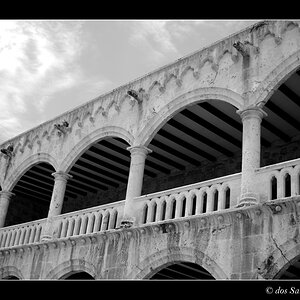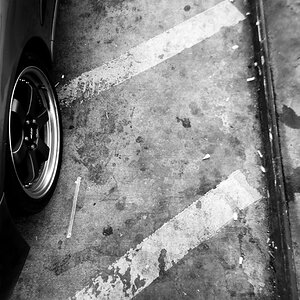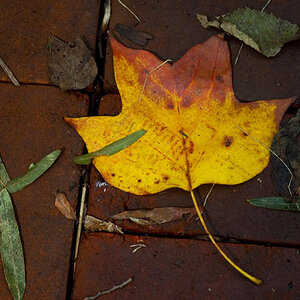sincere
TPF Noob!
- Joined
- Jan 5, 2006
- Messages
- 475
- Reaction score
- 1
- Location
- Berlin
- Can others edit my Photos
- Photos NOT OK to edit
I tried this F8 thing that supposedly gives you better pics but in order for me to even see something, i have to crank up the ISO and shutter speed something serious and then the pics are super-grainy (because of the ISO obviously) - did i misunderstand something about this rule?


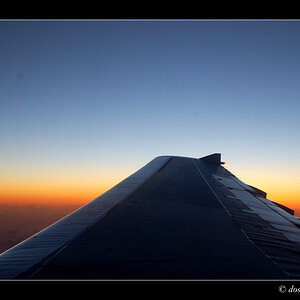
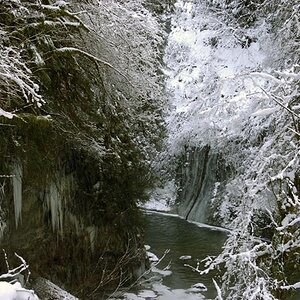
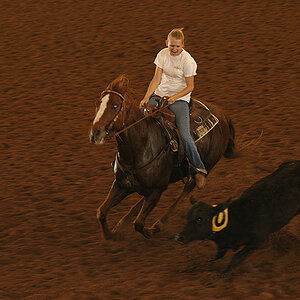
![[No title]](/data/xfmg/thumbnail/37/37494-d432dd0601f47668ec55d04f350f243b.jpg?1619738113)

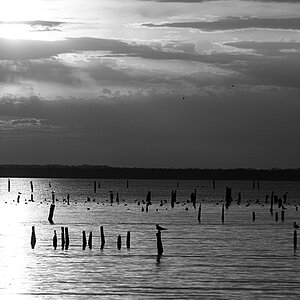
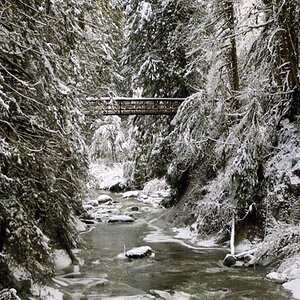
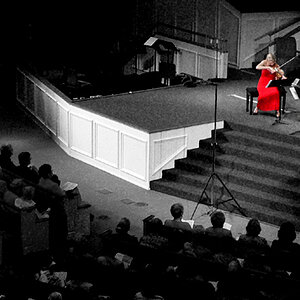
![[No title]](/data/xfmg/thumbnail/31/31751-fb2f68cca32f9eec468dbde7d649840f.jpg?1619734990)
